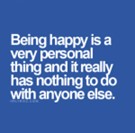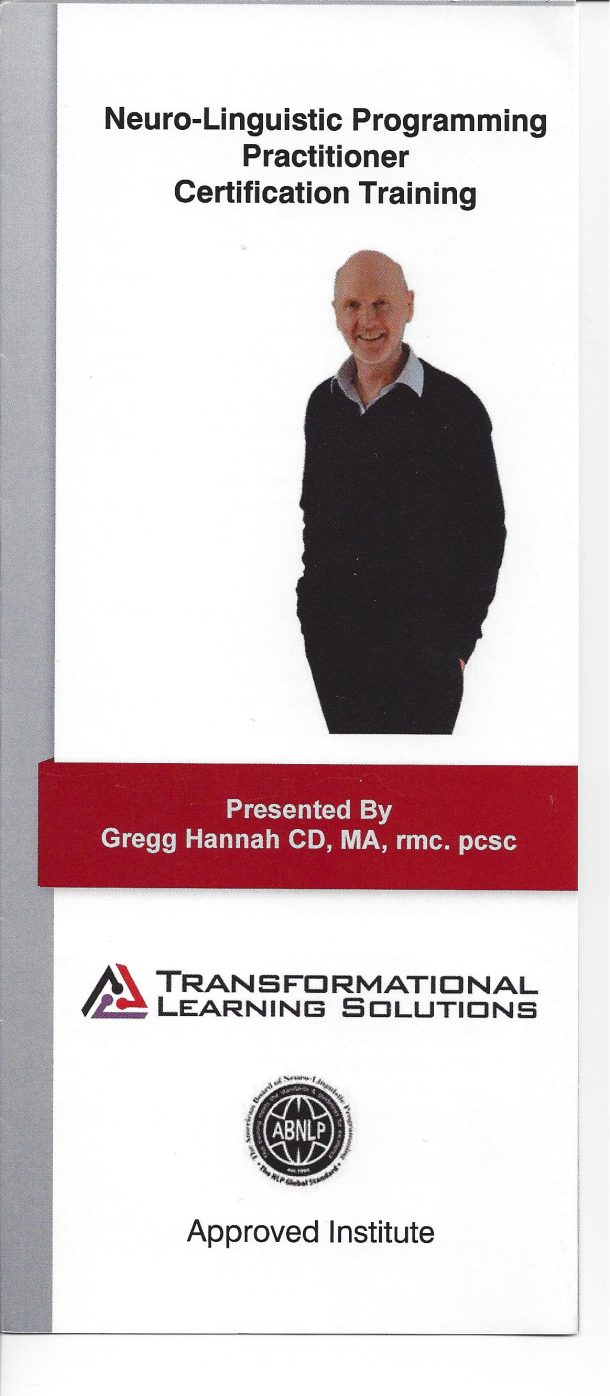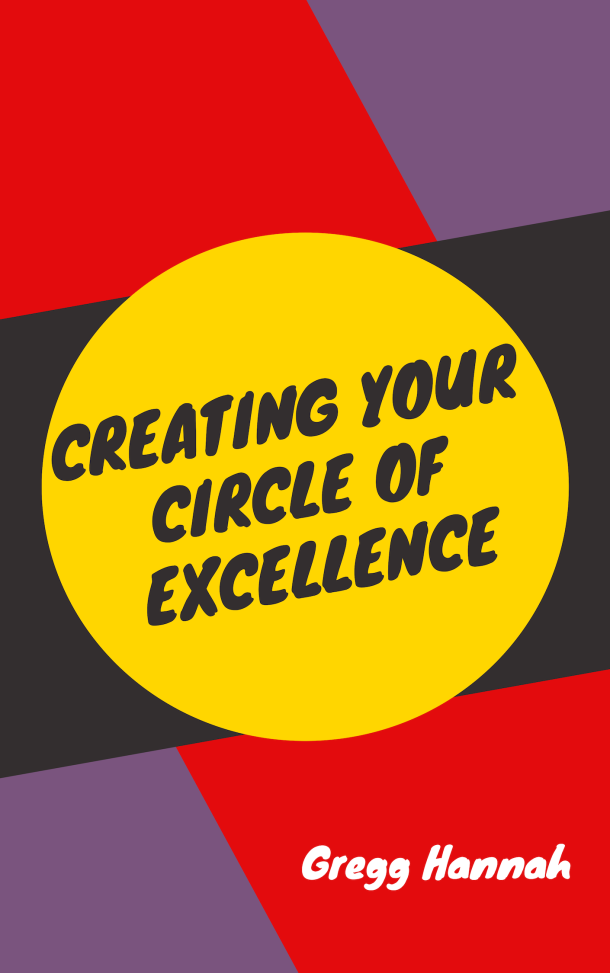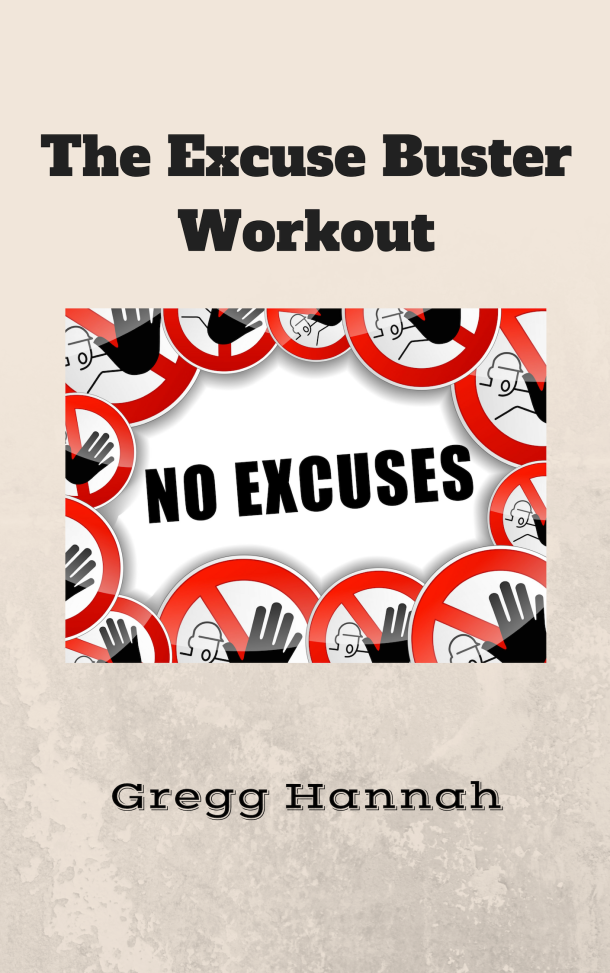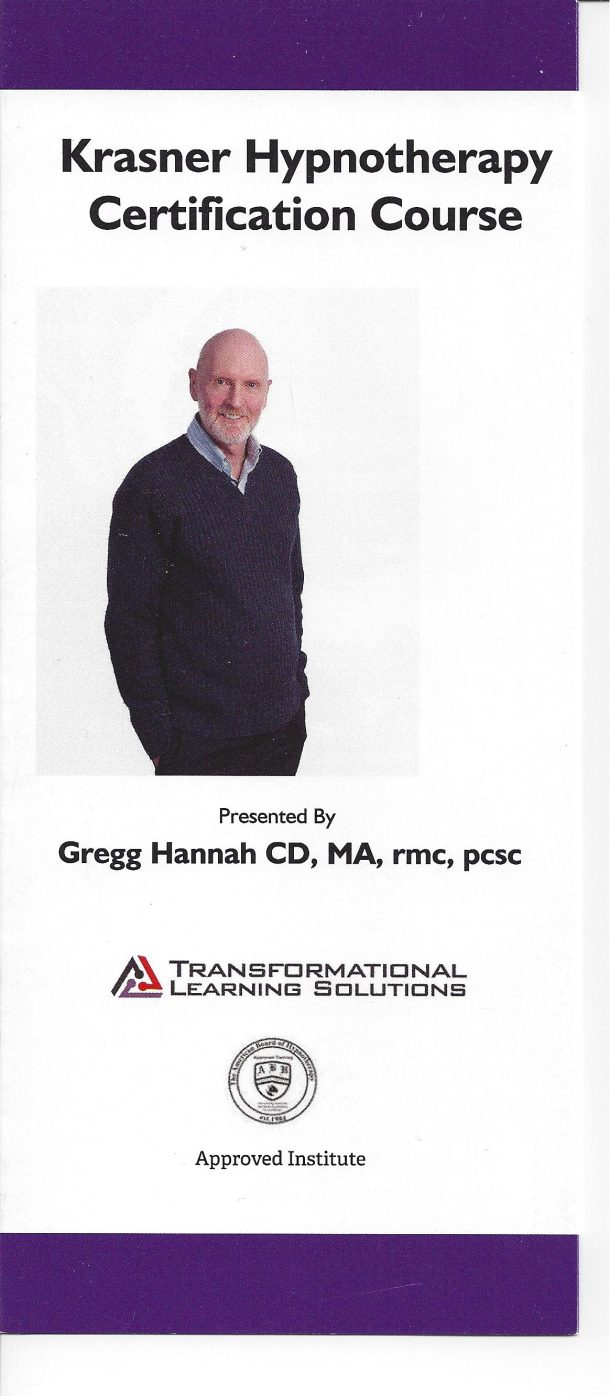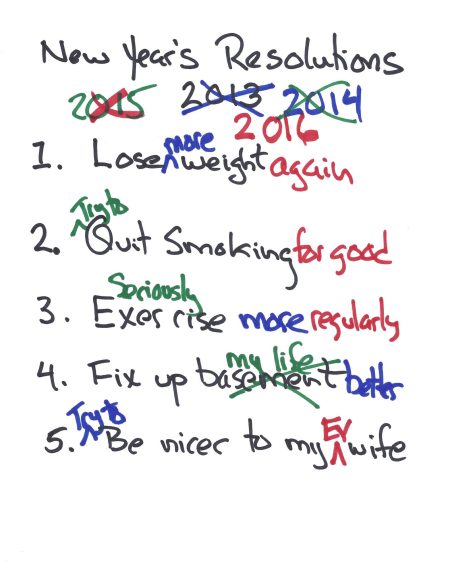
Part 1 – Three Big Blunders Most people make with their New Year’s Resolutions – (Or setting any Goal)

3 Big blunders most people make with their New Year's Resolutions or setting any goal – Part 1
The Big New Year’s Resolution Fail
The concept of making resolutions at the beginning of a new year dates back several thousand years. The ancient Babylonians made promises to their gods at the start of each year to return borrowed objects and pay their debts. The Romans started each year by making promises to the god Janus. In the Medieval period, typically during the last feast of the Christmas week, Knights took the “peacock vow”, recommitting themselves to the ideals of chivalry for the next twelve months. In many different Christian traditions, the watch night service, held late on New Year’s Eve provides an opportunity for people to review the year that has passed and make preparations for the new year by praying and making resolutions. And of course, many of us make New Year’s Resolutions on our own every year.
So, it is quite popular to make resolutions at the start of the New Year for things we want to change in our life. Did you make New Year’s Resolutions this year? You might have even made a list of them. Did your list look something like the picture? How are you doing on your resolutions?
According to the Statistic Brain Research Institute only 8% of people are successful in achieving their resolutions. It also shows that 49% have infrequent success, and 24% never succeed and have failed on every resolution every year. This means that a whole lot of people almost never succeed in achieving their resolutions! So, if you are not doing so well on your resolutions – you are not alone!
Seeing as so many people have trouble achieving their resolutions, what can be done to improve their chances? Part II will explore how the brain works to help or hinder you in achieving your resolutions.






